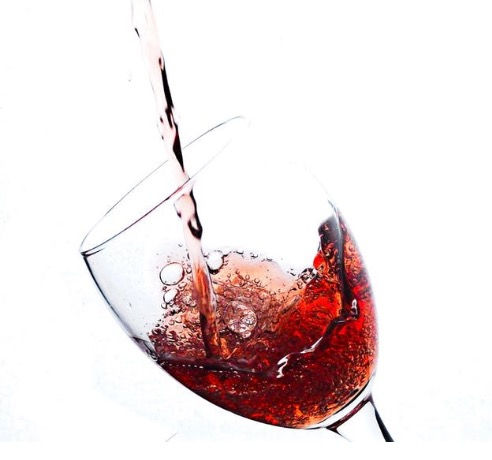That's A Lot Of Wine
- john partridge

- Dec 4, 2018
- 2 min read
In John chapter 2 we see the first miracle of Jesus, when he transforms several jars of water into wine. The apostle John gives us enough data from his gospel to see just how much wine Jesus was in the business of making. First, lets take a look at the biblical account.
John 2:6 Now there were six stone water jars there for the Jewish rites of purification, each holding twenty or thirty gallons.1 7 Jesus said to the servants, “Fill the jars with water.” And they filled them up to the brim. 8 And he said to them, “Now draw some out and take it to the master of the feast.” So they took it. 9 When the master of the feast tasted the water now become wine, and did not know where it came from (though the servants who had drawn the water knew), the master of the feast called the bridegroom 10 and said to him, “Everyone serves the good wine first, and when people have drunk freely, then the poor wine. But you have kept the good wine until now.” 11 This, the first of his signs, Jesus did at Cana in Galilee, and manifested his glory. And his disciples believed in him.
First, lets look at the number of jars. There were six in total. Some of the jars could hold 20 gallons, while the others held 30 gallons. John does not tell us exactly how many there were of each, but we can infer the following combinations.
Let x = the number of 20 gallon jars, and y = the number of 30 gallon jars.
Then x + y = 6 is the equation we can establish from John 2.
The following ordered pairs are the possible combinations: (1, 5), (2, 4), (3, 3), (4, 2), (5, 1)
x = 0 and y = 0 is not an option since the Bible does indicate that there were some of each.
If we ask the question, "How many gallons does this make?" we can establish another equation.
Let g = the number of gallons transformed into wine. Therefore...
20x + 30y = g
We now have a system of two equations. Now we can take the possible combinations given above and plug them into this equation. (1, 5) gives the maximum possible g, and (5, 1) gives the minimum possible g.
Therefore it turns out that anywhere from 130 <= g <= 170 gallons of water was turned into wine. That is a lot of wine! This makes perfect historical sense because we know that weddings lasted more than one day (perhaps even a week) and the whole community was invited to celebrate.
We don't have to stop here however. The miracle also has wonderful ramifications in both Chemistry, and in Physics. Teachers can discuss the chemical transformations that would have to happen to go from water into wine, as well as the energy needed to create this transformation. The magnitude of the energy released in this miracle is awe inspiring. :-)
John Partridge
Nov 4th 2018



Comments